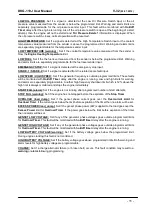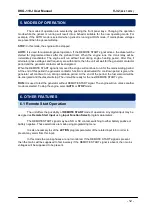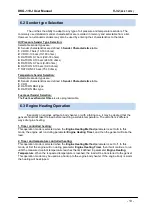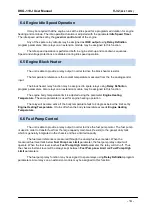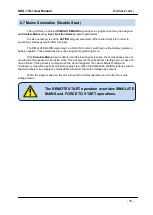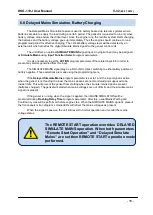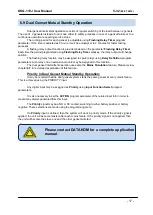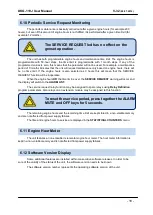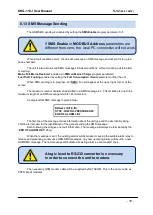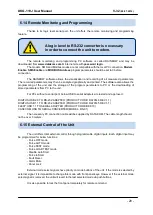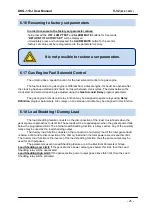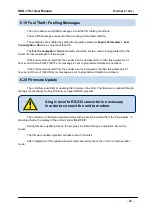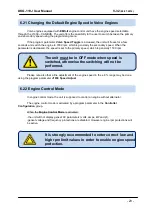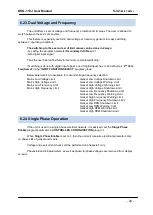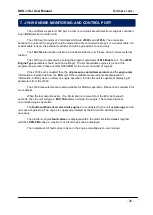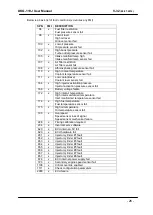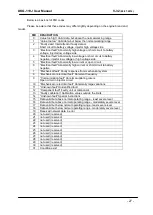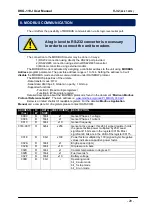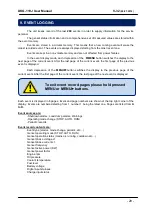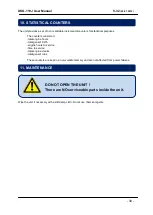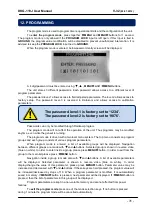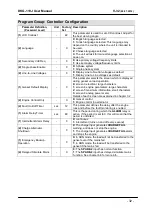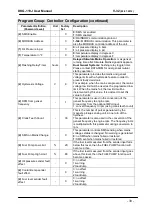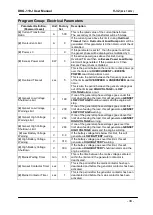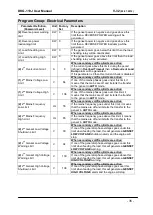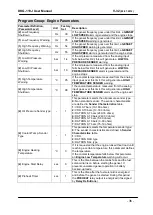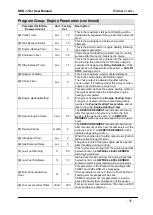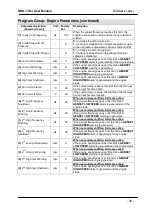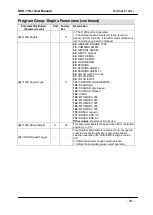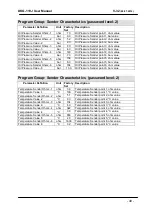
DKG-119J User Manual V-32
(09.07.2012)
- 25 -
The unit offers a special J1939 port in order to communicate with electronic engines controlled
by an
ECU
(electronic control unit).
The J1939 port consists of 2 terminals which are
J1939+
and
J1939-
. The connection
between the unit and the engine should be made with either a twisted cable pair or a coaxial cable. If a
coaxial cable is used, the external conductor should be grounded at one end only.
The
120 ohms
termination resistor is included inside the unit. Please do not connect external
resistor.
The J1939 port is activated by setting the program parameter
J1939 Enable
to
1
. The
J1939
Engine Type
parameter should be set accordingly. The list of available engines is given at the
programming section. Please contact DATAKOM for the most current list of engines.
If the J1939 port is enabled then the
oil pressure
,
coolant temperature
and the
engine rpm
information are picked up from the
ECU
unit. Other available measurements are displayed for
information, but they have no effect on engine operation. In total, the unit is capable of displaying 21
parameters from the J1939.
The J1939 measurements are also available for Modbus operation. Please check chapter 8 for
more details.
When the fuel output is active, if no information is received from the ECU during last 3
seconds, then the unit will give a
ECU FAIL
alarm and stop the engine. This feature prevents
uncontrolled engine operation.
The
fault conditions of an electronic engine
are considered by the unit as
warnings
and do
not cause engine stop. The engine is supposed protected by the ECU which will stop it when
necessary.
The electronic engine
fault codes
are displayed within the alarm list table
in text
, together
with their
SPN-FMI
codes. A maximum of 8 fault codes can be displayed.
The complete list of fault codes is given in the engine manufacturer‟s user manual.
7. J1939 ENGINE MONITORING AND CONTROL PORT

